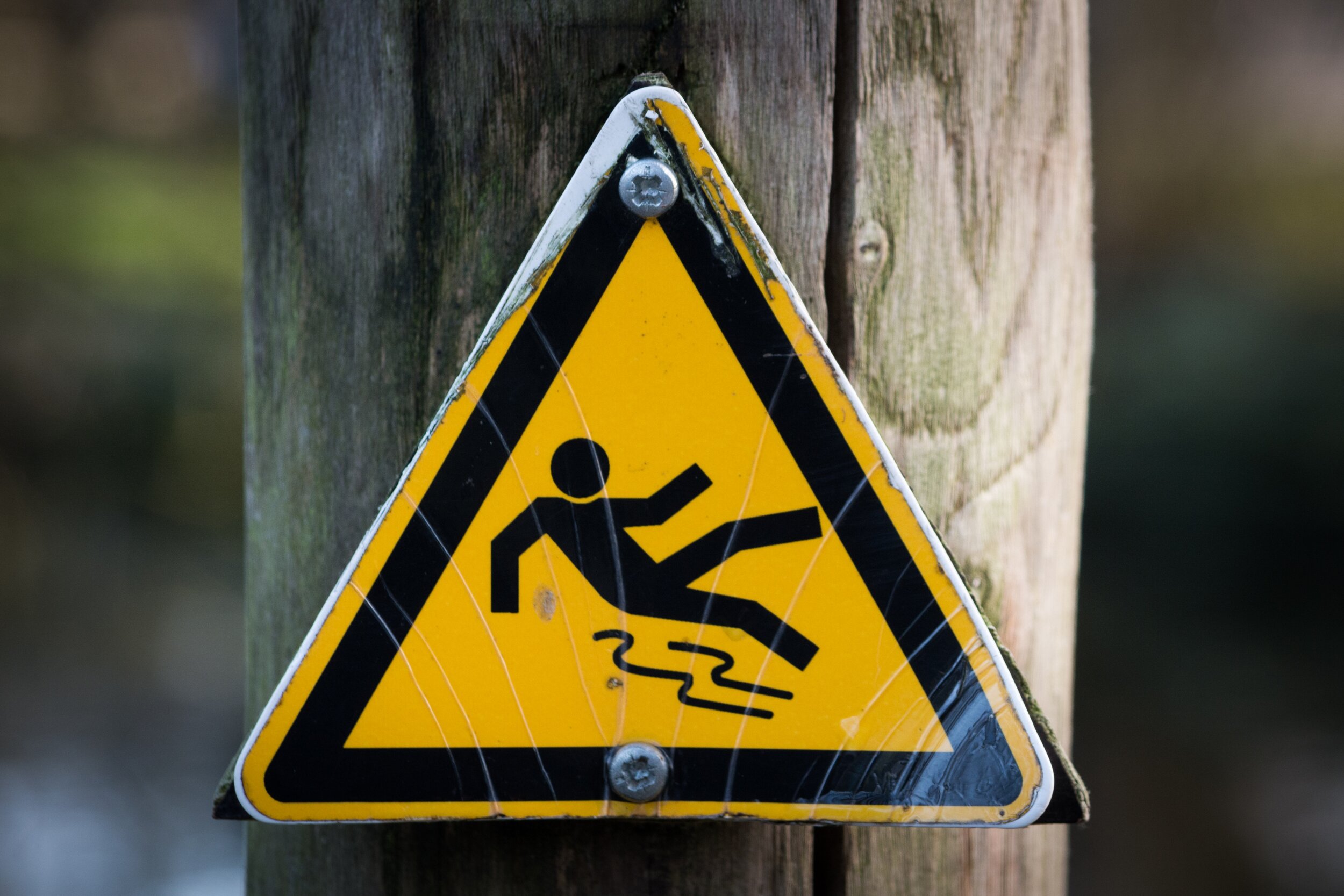Tailbone pain (or coccydynia) is a common issue that can be a result of direct impact/traumatic injury to the tailbone during a fall, prolonged sitting, vaginal childbirth, or develop gradually without any specific cause (insidious/non-traumatic). Mechanical tailbone pain is most common while sitting, or while moving from sitting to standing. Some people will also describe pain with bowel movements or pain with intercourse. Typically, tailbone pain is relieved when standing, but overall can be very disruptive to daily activities, limiting sitting tolerance, and the ability to work, drive, or exercise. The presence of low back pain is known to be higher in individuals with tailbone pain compared to the general population.
The tailbone is a small triangular bone at the bottom of the sacrum that is a continuation of the spine. There is natural variation to the number of segments that appear at the tailbone, differing from person to person. Typically, some movement is present between the sacrum and tailbone which can be disrupted and the both the lack of mobility or hypermobility at the joint can be associated with pain. The tailbone serves as an attachment point for ligaments and muscles of the pelvis.
Research on tailbone pain treatment options is significantly limited in both the quality of study design and the number of studies available, but in general studies conclude that conservative treatment options should be tried first. Manual therapy including soft tissue massage and joint mobilization or manipulation are included in conservative treatment options. An evaluation from a skilled physical therapist can help one create an individualized treatment plan by assessing posture, spinal movement, strength and coordination in the neighboring muscles including the pelvic floor, and tailbone specific mobility.
Click Here to schedule your next appointment with the experts at MEND

